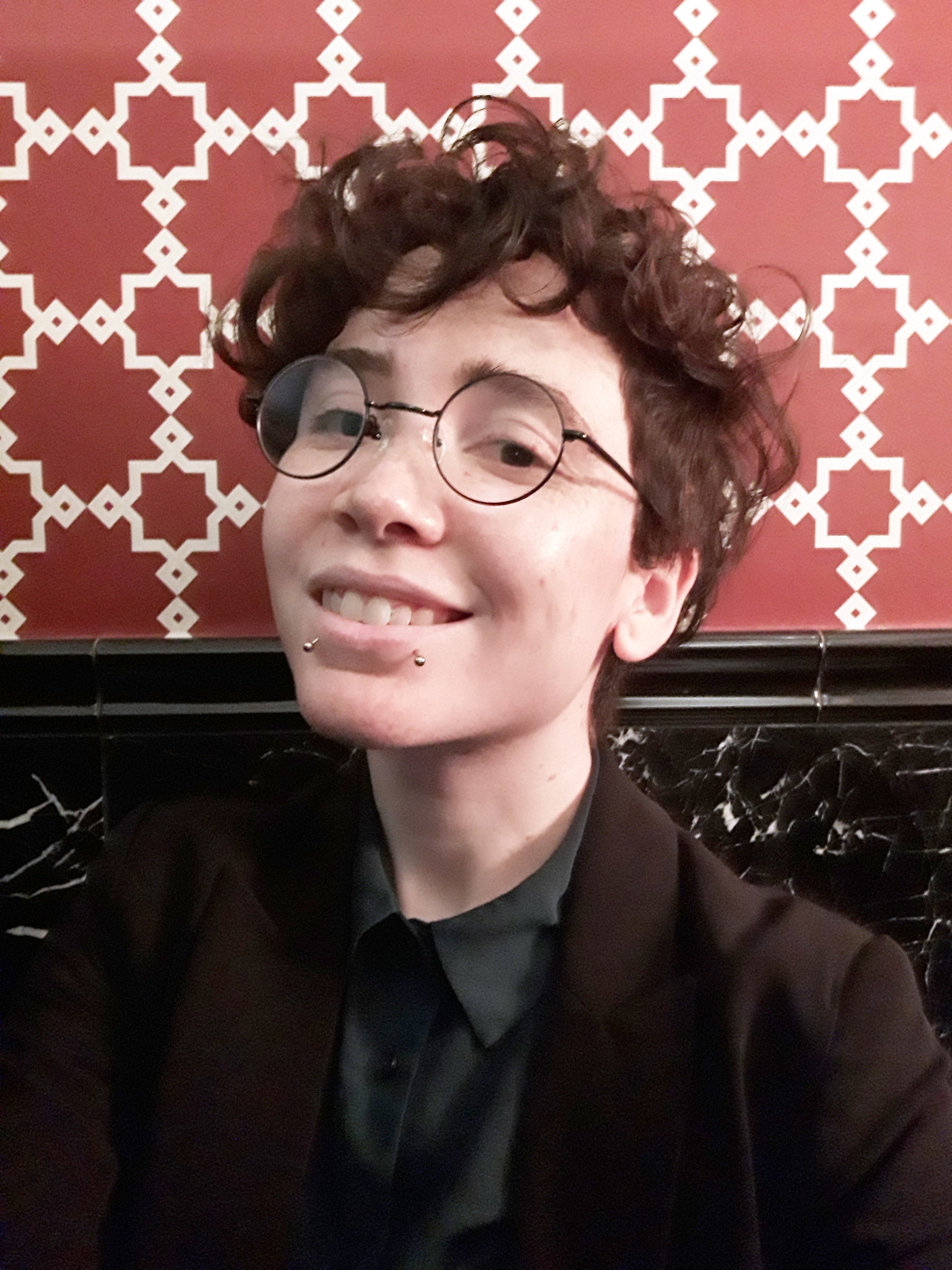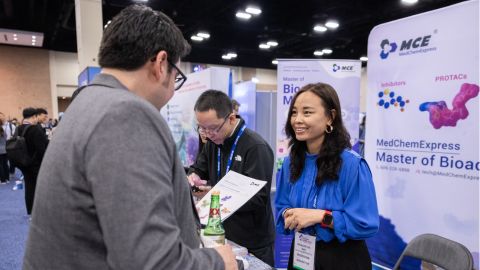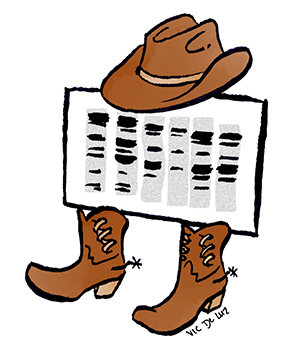Picture this: The 2nd annual JBC Methods Madness tournament
If you've ever been part of a March Madness office pool, you know the drill. Fill out your brackets to predict which National College Athletic Association basketball teams will prevail, put a dollar in the kitty, and then cringe as your brackets get busted — usually well before the Final Four.

This is the Journal of Biological Chemistry version, so instead of teams we bring you competing scientific methods and a chance to sway the outcome with votes (and maybe some trash talk) on Twitter. #TeamMassSpec is the 2021 champion, beating out last year’s winner, #Team Cryo-EM, in a nail-biter, every-vote-counts finish.
OK, not exactly like March Madness — but we do have some pretty adorable team mascots. Thanks to Vic De Luz, the executive assistant in the American Society for Biochemistry and Molecular Biology’s publications department, our competing methods have been brought to life. Vic introduces the mascots below and explains the inspiration for each one.
|
A nostalgic pair of paper anaglyph glasses highlights this organoid's 3D distinction. |
In the same way a prism divides white light into its colorful spectrum of wavelengths, chromatography separates a mixture into its components. |
|
|
It's tough to encapsulate all the advancements in live-cell imaging in one cartoon, so this cell-fie gets at the broader concept. |
I focused on the chain termination step of Sanger sequencing here, in which the target DNA is "clipped" into fragments of various lengths. |
|
|
I'm always enchanted by mega–high-resolution photos when I see them online. I wanted to evoke that same sense of massive scale and clarity here, even though spotting a single cell from space might be hyperbolic (for now). |
A self-improving algorithm is a pretty abstract concept to draw, but the human mind improves with experience the same way. Therefore, I've plugged a familiar-looking brain into a computer. |
|
|
Last year's winner, cryogenic electron microscopy, is literally the coolest imaging method, represented by this icy microscope. Stay frosty, #TeamCryo! |
Sometimes a name demands a pun. This is one of my favorites — a Western blot. |
|
|
Possibly the cutest method mascot, this little guy has Rosalind Franklin's iconic "Photo 51" of DNA's double-helix structure as a big round eye. |
|
|
|
A lot of widely used methods in BMB seek similar goals — to differentiate this image from PCR's, I leaned on Dolly the sheep, the original cloning mascot. |
Clustered regularly interspaced short palindromic repeats', aka CRISPR's. claim to fame is its precision, and the arrow and bullseye target communicates that clearly. |
|
|
I interpreted "massively parallel sequencing" fairly literally in this one. A more realistic representation would be much taller! |
Color can be communicative — I used neon yellow and cyan to suggest fluorescent chromophores in this energy transfer fist bump. |
|
|
The flash of light highlights the neuron in gold and sends little golden signals spreading outward. |
To emphasize that the genes are created new from scratch, I chose a pair of hands knitting together a strand of DNA. |
|
|
One of our scientists on staff showed me some composite diagrams of protein structures determined through nuclear magnetic resonance, and I borrowed the look of them for this drawing, spilling right out of a specimen tube. |
The downward and outward moving arrows show the exponentially increasing number of the DNA fragments reproduced through polymerase chain reaction over the rapid generations. |
Enjoy reading ASBMB Today?
Become a member to receive the print edition four times a year and the digital edition monthly.
Learn moreGet the latest from ASBMB Today
Enter your email address, and we’ll send you a weekly email with recent articles, interviews and more.
Latest in Opinions
Opinions highlights or most popular articles

Embrace your neurodivergence and flourish in college
This guide offers practical advice on setting yourself up for success — learn how to leverage campus resources, work with professors and embrace your strengths.

Survival tools for a neurodivergent brain in academia
Working in academia is hard, and being neurodivergent makes it harder. Here are a few tools that may help, from a Ph.D. student with ADHD.

Hidden strengths of an autistic scientist
Navigating the world of scientific research as an autistic scientist comes with unique challenges —microaggressions, communication hurdles and the constant pressure to conform to social norms, postbaccalaureate student Taylor Stolberg writes.

Black excellence in biotech: Shaping the future of an industry
This Black History Month, we highlight the impact of DEI initiatives, trailblazing scientists and industry leaders working to create a more inclusive and scientific community. Discover how you can be part of the movement.

Attend ASBMB’s career and education fair
Attending the ASBMB career and education fair is a great way to explore new opportunities, make valuable connections and gain insights into potential career paths.

Benefits of attending a large scientific conference
Researchers have a lot of choices when it comes to conferences and symposia. A large conference like the ASBMB Annual Meeting offers myriad opportunities, such as poster sessions, top research talks, social events, workshops, vendor booths and more.


















